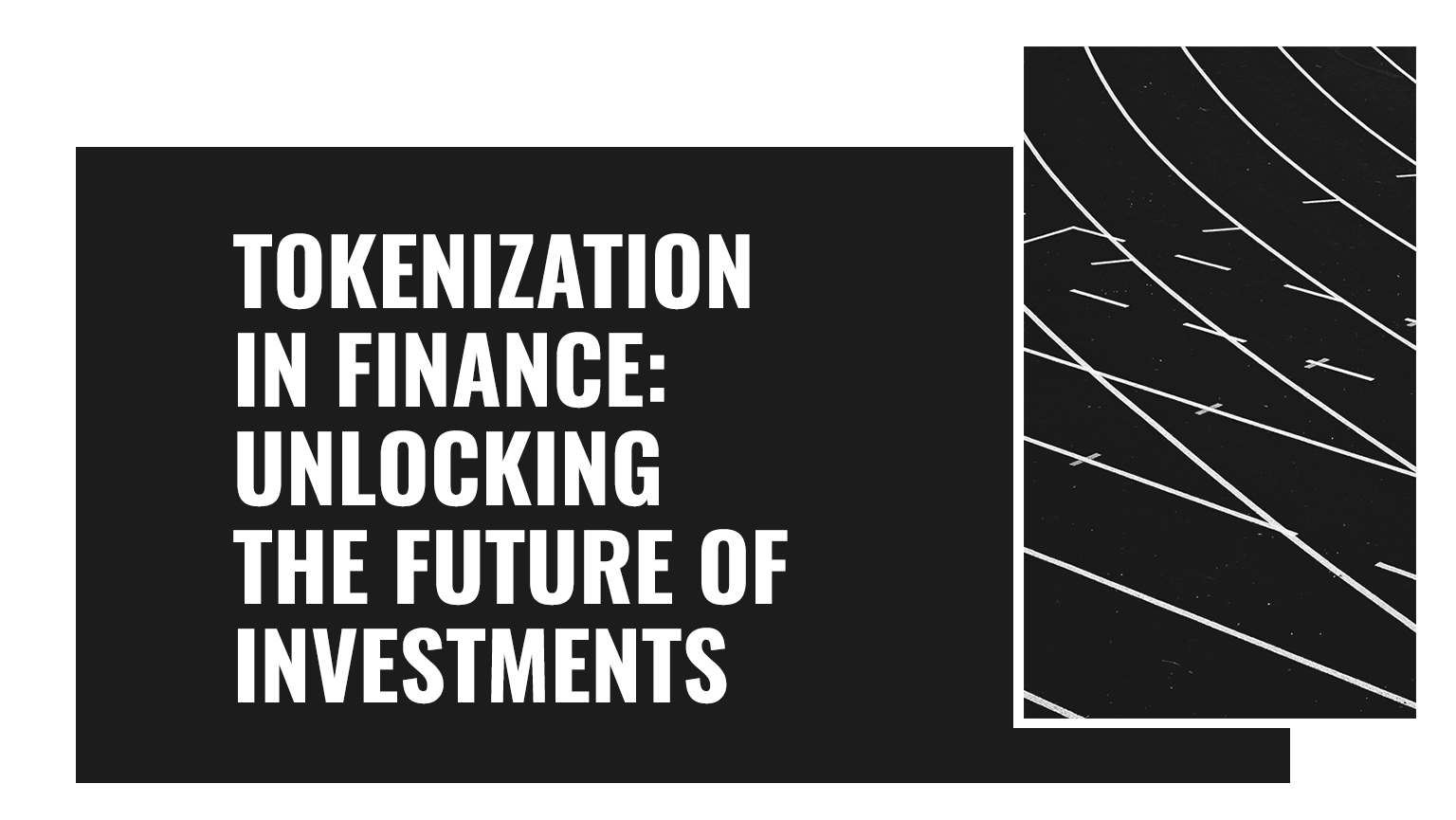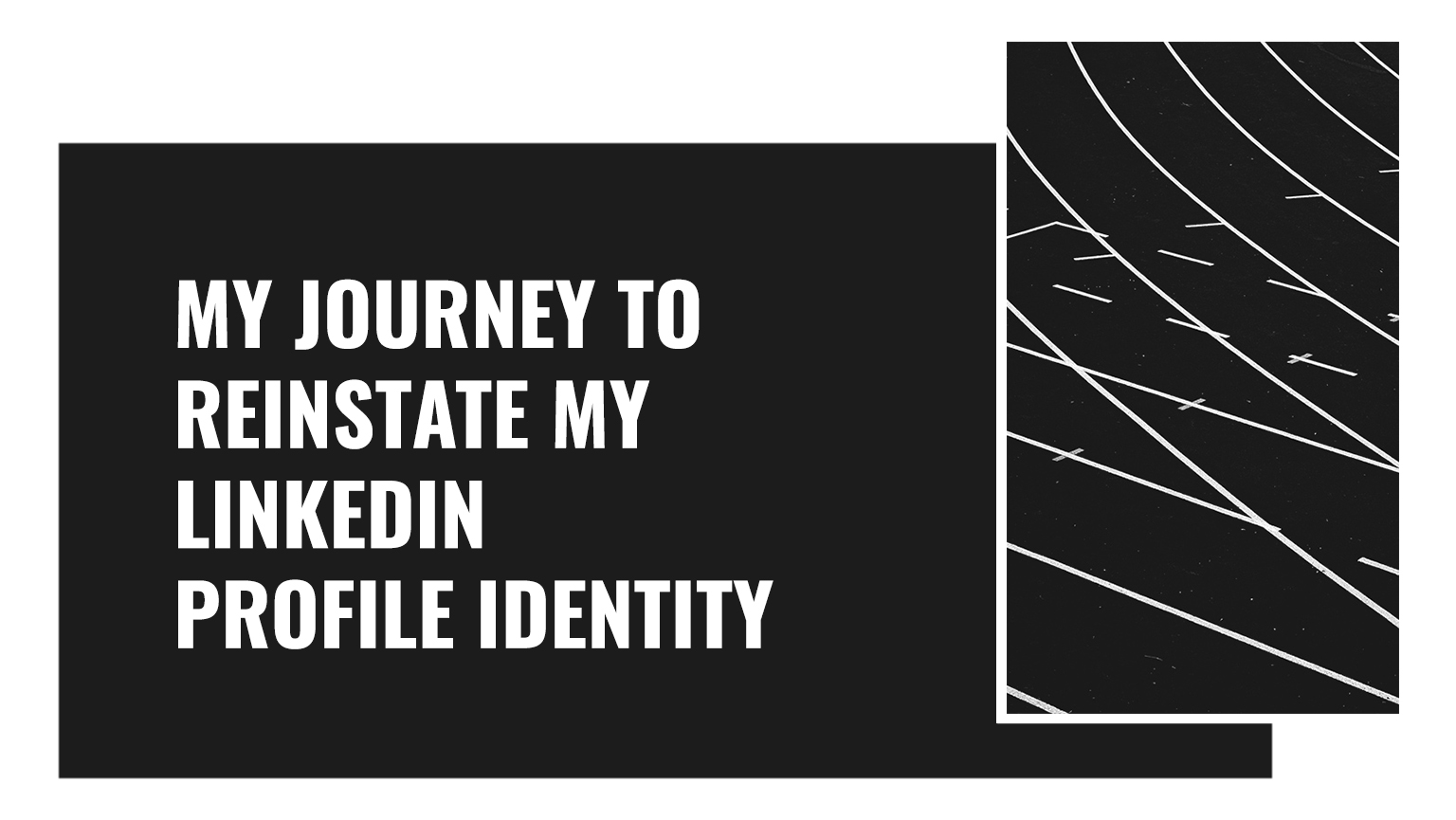
How to double your homepage conversion rate
Every “first half of the page” should have a purpose.
The portion of the home page that appears just before the visitor starts browsing is called the “top half of the page.” (Think of a print newspaper. The most important piece of information is literal fold on paper.) Visitors will continue to browse or leave the site when your content appears at the top of the page.
In a matter of seconds, they try to figure out what you are doing and if you are the right fit for it.
What are the most common startup errors you see? Your fold is not interesting or confusing. This often happens when marketers compress too much invisible content without scrolling.
In fact, most of the information on the site is not related to new visitors.
Therefore, you should use the non-scrolling section to explain how you can help new visitors solve specific problems. For example, you might see a landing page promoting the latest post on your company’s tech blog. But that won’t help visitors who don’t yet understand what you are doing.
To further confuse visitors, many businesses add a large navigation bar to the top of their website. In theory, visitors can easily access any part of your site. In practice, it takes to a decision fatigue and a low conversion rate. If your content doesn’t help directly answer what you are doing, the right decisions for those visitors are to remove the content.
There are three things you can do to increase your homepage conversion rate:
– Create a clear heading
– Use supplementary headings
– Intentional design.
Let us enter into these three areas of improvement strategies.
Write headlines that appeal to people, not the crowd.
A headline is the largest text on a website. If it’s less than 10 words (the longest recommended word), the heading should serve three purposes.
1. Find out how customers get value from your product.
This is the most important value proposition. If someone cannot explain in less than 10 words how to benefit from your product, it will be difficult to grab the attention of visitors for a long time. Here’s how we discovered our core value proposition: What are the bad options people are looking for? When did the item disappear? What makes your product better than a bad alternative? Let’s turn the last step into a statement of action. This is your value proposition.
2. Include an attractive hook for visitors to read.
Telling visitors that your work is a good start, but now we must make them excited about your product. We see that many startups miss a big opportunity when dealing with their website copies? It is not action-oriented. In a world where customers can shop 24/7, your visitors now have no sense of urgency. Adding hooks will increase the likelihood that visitors will buy on their first visit.
3. Talk directly to your ideal customers.
In order to make your headline information truly attract the attention of visitors, please rewrite your value proposition to talk directly with your customers. To do this, please list the first two or three customers. Rewrite your title to address the part of the product they value most. Use your own language, not industry jargon. The best way to understand how customers love your product is through personal customer interviews or reading customer success tickets.
You now have headlines that directly target your ideal customer persona. You can A / B test which headlines lead to a higher conversion rate, or you can use each headline to create a custom landing page that directs traffic from different sources to a specific page.
Make your home page as user-friendly and working as expected.
The last aspect to consider when creating a high converting landing page is layout. You can see many tech companies trying to showcase their creativity on their websites. In our experience, your website is not unique. Website designs are rarely unique. This is your product and must be unique.
Your website is simply a well-known medium for conveying the uniqueness of your product.
- Function:
With familiar buttons and navigation popular on other websites, visitors can save themselves by learning how the website works. For example, I want the launch button to be in the upper left corner of the page. Trying to place the same button in the bottom right corner for uniqueness can create confusion and lose customers. Stick with what works.
- Images:
Keep the following goals in mind when adding images to your home page.
– Eliminate ambiguity by demonstrating product behavior. GIF videos or loops are a great way to show how this works without taking up any extra space.
– When selling physical goods, images are used to illustrate the different uses of materials and textures in close-up. This helps visitors evaluate the quality of the product and make sure it matches the product.
- Call-To-Action:
A CTA allows your website visitors to become active buyers. So your call to action should be an extension of the headline tantalizing magic.





